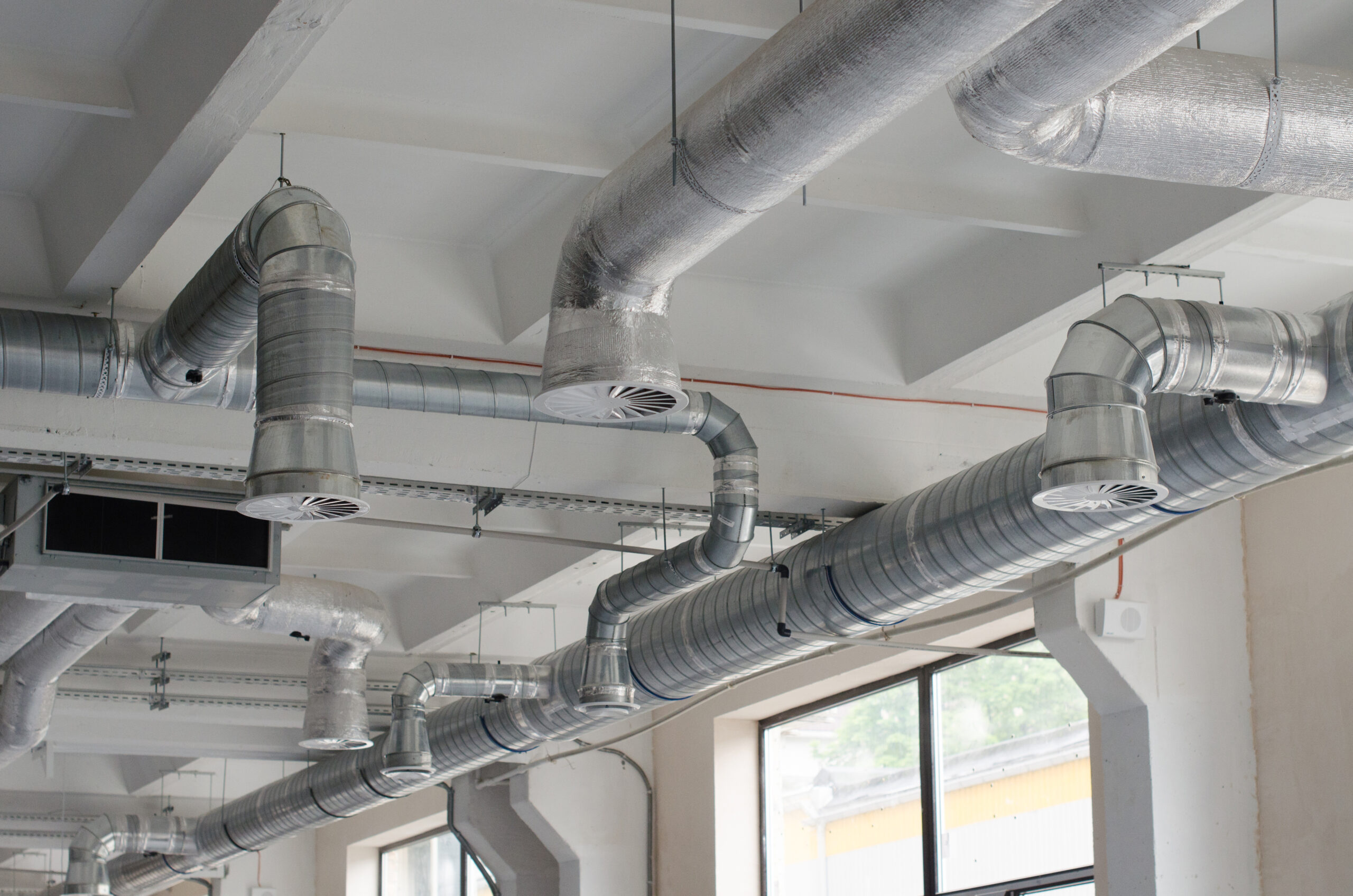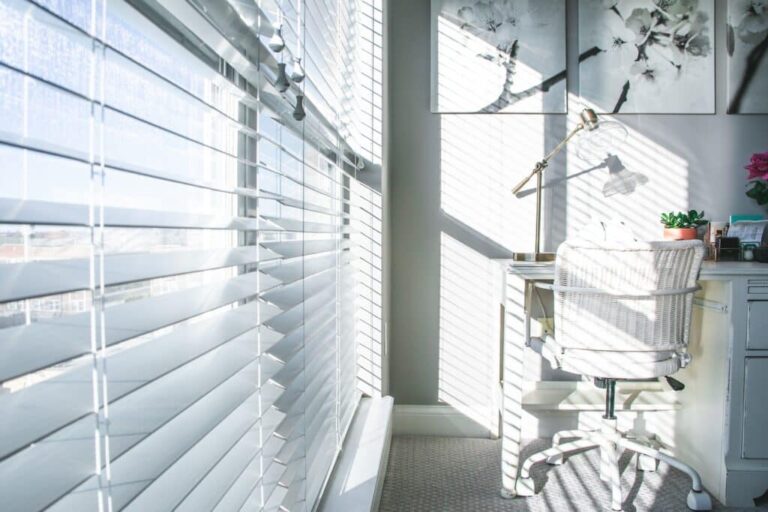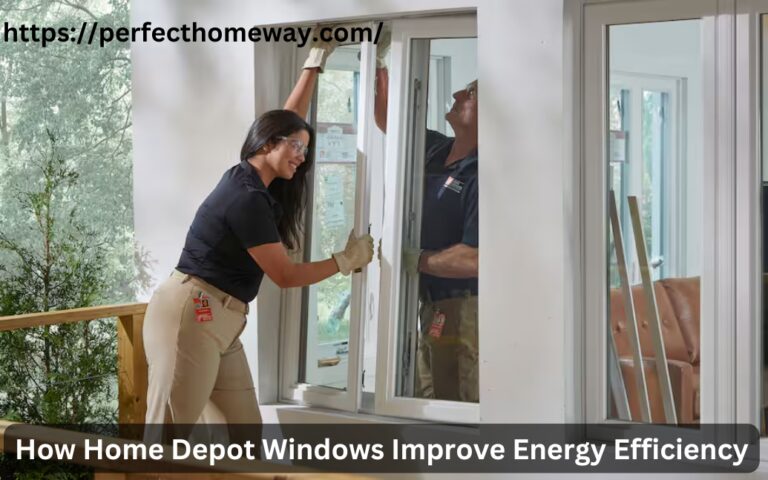The Importance of Proper Ventilation for a Healthy Indoor Environment

Proper ventilation is one of the most important factors in maintaining a healthy indoor environment. Without it, the air inside a home or building can become stale, filled with pollutants, and create issues for both health and comfort. Many people don’t realize that the air inside a home can be more polluted than the air outside, leading to problems like allergies, respiratory issues, and moisture buildup.
Why Proper Ventilation Matters
Ventilation is essential for keeping indoor air fresh and circulating. It helps control indoor air quality by reducing pollutants, controlling humidity, and ensuring a steady flow of fresh air. Here are some of the key reasons why proper ventilation is important:
- Removes Indoor Pollutants: Everyday activities like cooking, cleaning, and even breathing release pollutants into the air. Without proper ventilation, these pollutants can build up and cause respiratory problems.
- Controls Moisture Levels: High humidity levels can lead to mold growth, which can cause serious health problems and damage to a home.
- Prevents Stale Air: Without ventilation, air inside a home can become stagnant, leading to unpleasant odors and a stuffy feeling.
- Improves Comfort: Fresh air circulation helps regulate temperature, making a home feel cooler in the summer and reducing the need for excessive air conditioning.
- Supports Better Health: Poor indoor air quality has been linked to asthma, allergies, and other respiratory conditions. Proper ventilation can help reduce these risks by bringing in fresh air and removing airborne irritants.
Common Indoor Air Pollutants
Many people don’t realize how many pollutants exist inside their homes. Some of the most common include:
- Carbon Dioxide (CO₂): Produced from breathing, cooking, and heating, high levels can cause fatigue and headaches.
- Volatile Organic Compounds (VOCs): Found in paints, cleaning products, and furniture, VOCs can contribute to headaches, dizziness, and respiratory irritation.
- Mold and Mildew: Excess moisture in the air can lead to mold growth, which releases spores that can cause allergic reactions.
- Dust and Allergens: Pet dander, pollen, and dust mites are common in homes and can trigger allergy symptoms.
- Radon: A naturally occurring gas that can seep into homes through the foundation, radon exposure is a leading cause of lung cancer in non-smokers.
Types of Ventilation
There are several ways to improve indoor ventilation, depending on the needs of a home or building. The three main types include:
1. Natural Ventilation
Natural ventilation relies on windows, doors, and vents to allow air to flow in and out of a home. This is the simplest form of ventilation and is effective when outdoor air quality is good. Opening windows on opposite sides of a home can create cross-ventilation, helping to refresh indoor air.
2. Mechanical Ventilation
Mechanical systems use fans and ducts to move air in and out of a home. Common systems include:
- Exhaust Fans: Found in kitchens and bathrooms, these fans remove pollutants and moisture directly from the source.
- Whole-House Ventilation Systems: These systems use fans and ducts to move fresh air throughout the home, ensuring consistent air exchange.
3. Balanced Ventilation Systems
Balanced systems provide controlled ventilation by bringing in fresh air while exhausting stale air. This method ensures a constant exchange without causing energy loss. Heat recovery ventilators (HRVs) and energy recovery ventilators (ERVs) are examples of balanced systems that improve efficiency while maintaining good indoor air quality.
Signs of Poor Ventilation
It’s not always obvious when a home has poor ventilation, but there are some common signs to watch for:
- Condensation on Windows: Excess moisture in the air can lead to water buildup on windows and walls.
- Lingering Odors: A well-ventilated home should not hold onto strong smells from cooking, pets, or smoke.
- Mold Growth: Mold in bathrooms, basements, or near windows is a sign that moisture is not being properly ventilated.
- Frequent Allergy Symptoms: Increased sneezing, coughing, or breathing issues may indicate poor air quality inside a home.
How to Improve Indoor Ventilation
Improving ventilation doesn’t always require expensive upgrades. Here are some simple ways to enhance air circulation in a home:
- Open Windows and Doors: When weather permits, opening windows for even a few minutes each day can significantly improve air quality.
- Use Exhaust Fans: Always turn on exhaust fans in the kitchen and bathroom when cooking or showering to remove excess moisture and pollutants.
- Maintain HVAC Systems: Regularly change air filters and schedule HVAC maintenance to ensure systems are working efficiently.
- Consider an Air Purifier: While not a replacement for ventilation, air purifiers can help remove particles and allergens from indoor air.
- Check for Proper Ductwork: Ensure that air ducts are clean and properly sealed to prevent pollutants from circulating in the home.
- Install a Ventilation System: If a home has persistent air quality issues, a mechanical or balanced ventilation system may be necessary.
The Link Between Ventilation and Energy Efficiency
Many homeowners worry that increasing ventilation will lead to higher energy bills. However, modern ventilation systems are designed to work efficiently while maintaining comfort. HRVs and ERVs, for example, recover heat from outgoing air, reducing the load on heating and cooling systems. Proper ventilation can also prevent moisture-related damage, which can be costly to repair.
Ensuring proper ventilation in a home is one of the best ways to maintain a healthy indoor environment. Fresh air circulation helps remove pollutants, control humidity, and create a more comfortable living space. Whether through natural ventilation, exhaust fans, or advanced mechanical systems, taking steps to improve airflow can lead to better health and overall well-being. Keeping an eye on indoor air quality and making small changes can have a significant impact on both comfort and long-term health.






